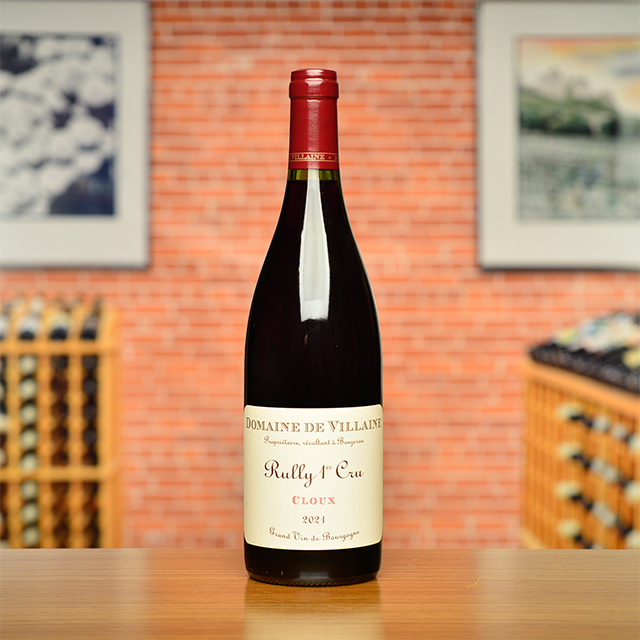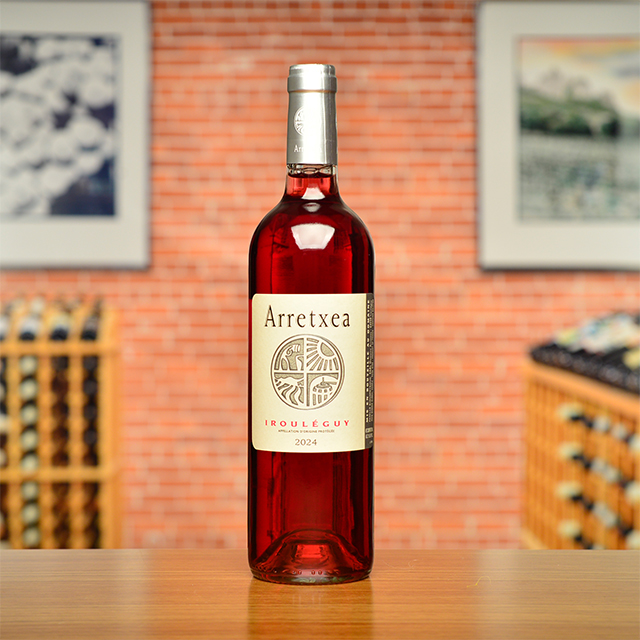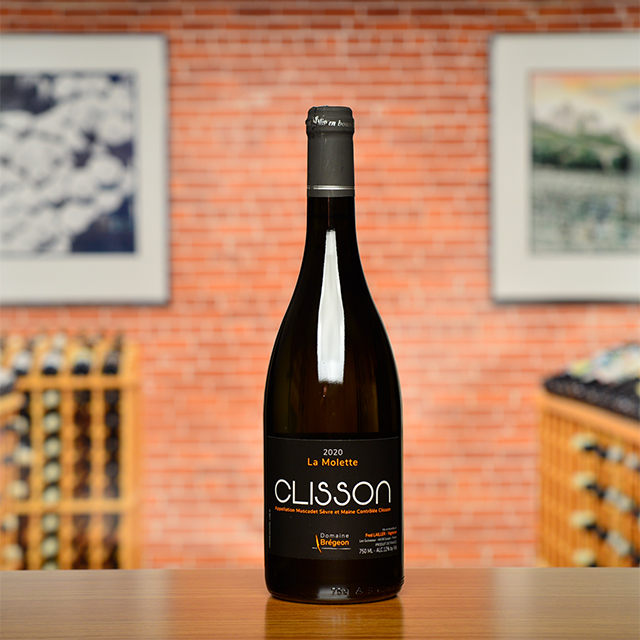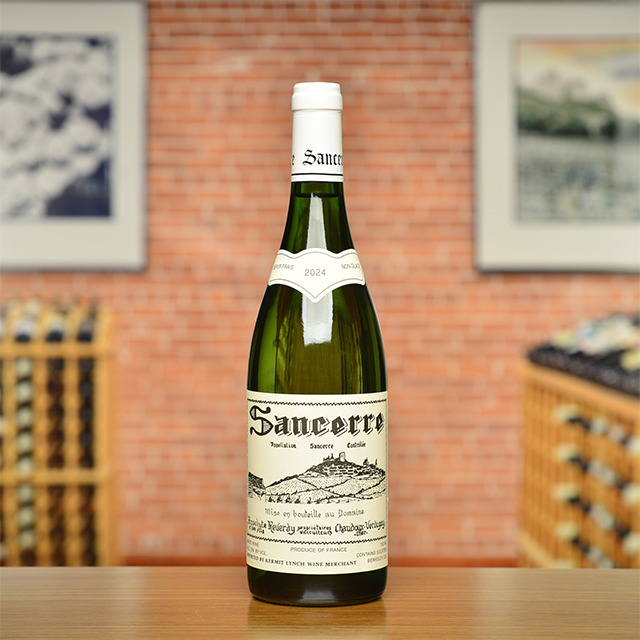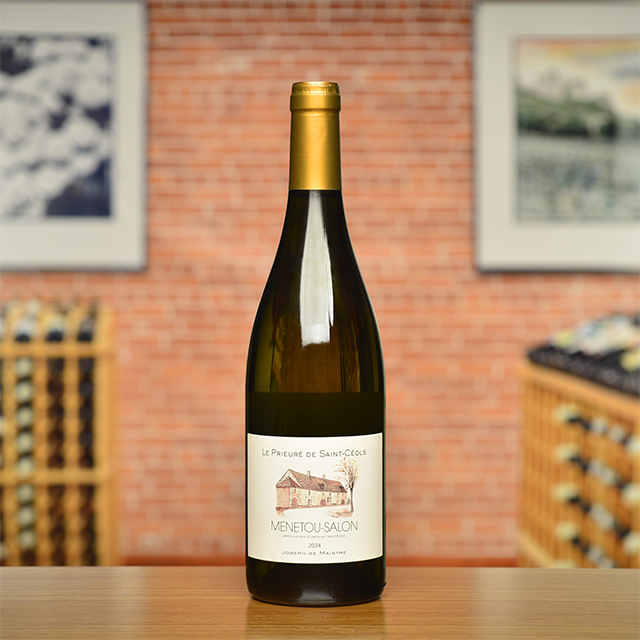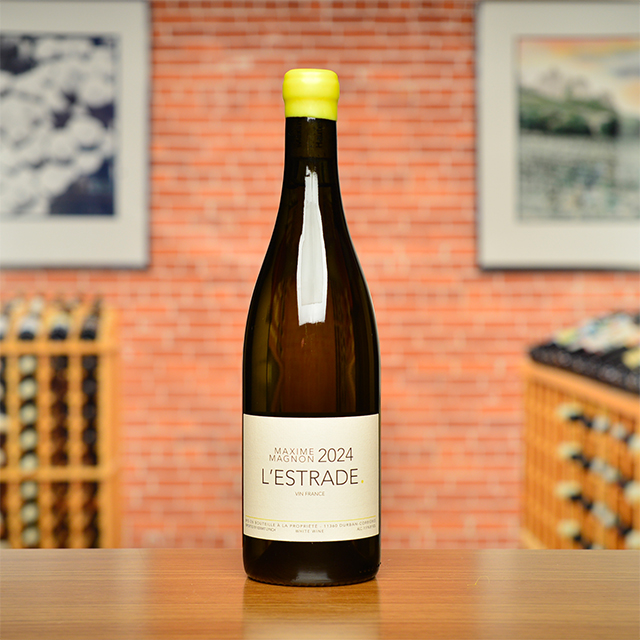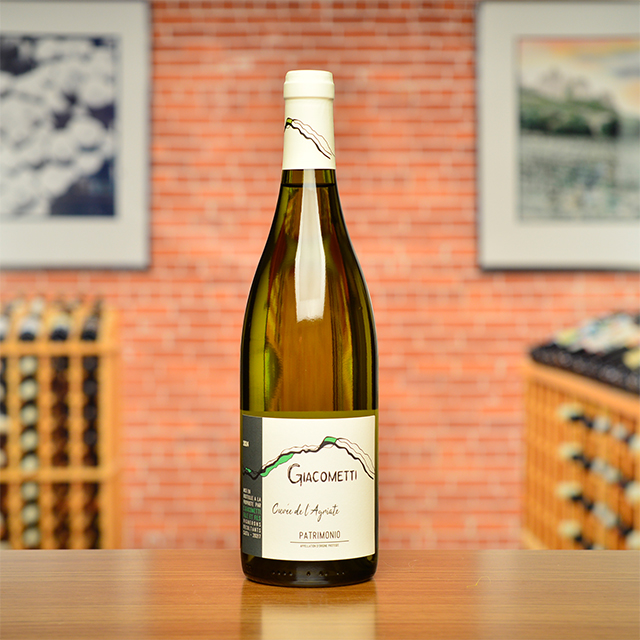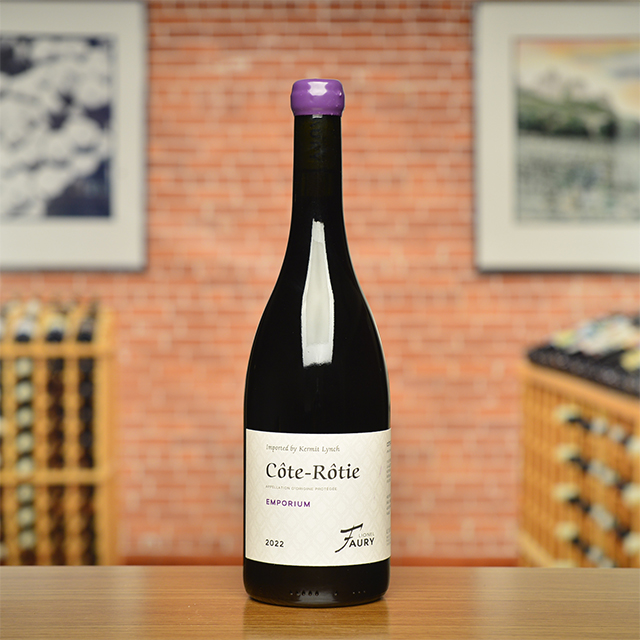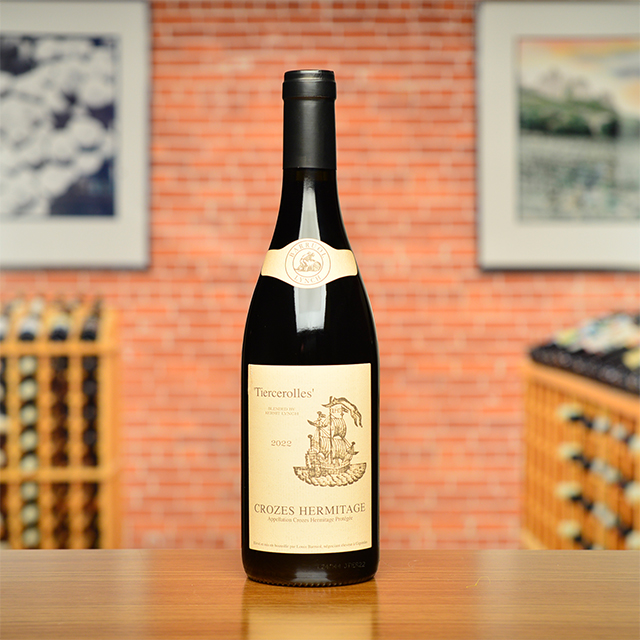Notify me
The Vibrant Side of Fantino’s Cellar
The Vibrant Side of Fantino’s Cellar
by Tom Wolf by Tom Wolf
2019 Barbera d’Alba Superiore
2019 Barbera d’Alba Superiore


Fantino’s cellar
A. & G. Fantino Italy | Piedmont | Barbera d’Alba
Descend into the Fantino brothers’ humble cellar beneath the village of Monforte d’Alba and the first thing you notice are the large, vertical Slavonian oak barrels, where, for a minimum of four years, Nebbiolo takes its time developing into deep and complex Barolo.
At the other end of the cellar stand large stainless steel tanks in which Alessandro and Gian Natale age their more approachable and exuberant Barbera for a year and a half with the aim of preserving as much young charm, fragrant fruit, and bright acidity as possible.
Depending on the vintage, the Fantinos’ Barbera can show a stronger side of this grape variety with robust concentration and flavors, or a lither and more refined side. The 2019 rendition embodies the latter with its elegant and versatile profile and notes of cherries, cranberries, and blood orange that pair as perfectly with pizza as with Chris Lee’s risotto with figs and prosciutto.
Click here for Chris Lee’s recipe.


Fantino’s cellar
| Wine Type: | red |
| Vintage: | 2019 |
| Bottle Size: | 750mL |
| Blend: | Barbera |
| Appellation: | Barbera d’Alba |
| Country: | Italy |
| Region: | Piedmont |
| Producer: | A. & G. Fantino |
| Vineyard: | Vines planted 1999-2002 |
| Soil: | Gray marl, Clay |
| Farming: | Sustainable |
| Alcohol: | 13.5% |
More from this Producer or Region

2017 Barolo Bussia “Cascina Dardi”
Alessandro e Gian Natale Fantino
Italy | Piedmont
Ripe, deep, and almost extravagant in its breadth of aroma and flavor, while a dense, tightly knit core of firm acidity and fine-grained tannins make up a rigid spine.

2022 Barbaresco “Vicenziana”
Italy | Piedmont
Rich, ripe fruit with the delicacy and floral notes we love in great Barbaresco.

2017 Laboro Disobedient
Italy | Piedmont
Made from Riserva-quality Barolo Nebbiolo, it’s a throwback to the Baroli of yesteryear, profound and stately.

2024 Langhe Arneis
Italy | Piedmont
This dreamy wine reaffirms that we should turn more often to Piedmont not only for our reds but also for our whites!

2015 Barolo Riserva “Cascina Dardi - Bussia”
Italy | Piedmont
The Fantino brothers’ Riservas are as good as Barolo gets.

2020 Valli Ossolane Nebbiolo Superiore “Prünent Diecibrente”
Italy | Piedmont
The family’s top bottling of Prünent from a single vineyard is aged for an extra year in large cask and has another gear, and many corners and crevices to explore.

2024 Vino Rosso
Italy | Piedmont
** New Wine Added **Finding a wine as tasty and versatile at this price is not an easy task.

2023 Erbaluce di Caluso “Le Chiusure”
Italy | Piedmont
Hailing from the northern edge of Piedmont, at the foot of the Alps, this gorgeous bottle courses with energy and bursts open with notes of citrus, pear, white flowers, and a faintly saline finish.

2017 Barolo Bussia Riserva “Cascina Dardi”
Alessandro e Gian Natale Fantino
Italy | Piedmont
July Club Chevalier ~ Alessandro Fantino’s Riservas are as good as Barolo gets.

2022 Barbaresco
Italy | Piedmont
Gentle tannins and mouthwatering red fruit—this is young Barbaresco at its most pleasurable.
About The Producer
A. & G. Fantino
About The Region
Piedmont

Kermit’s love affair with the great reds of Piemonte dates back to the early days of his career: the very first container he imported from Italy, in fact, featured legendary 1971 and 1974 Barolos from Vietti and Aldo Conterno. Regular visits since then have seen our portfolio grow to now twelve Piemontesi estates, with a strong focus on the rolling hills of the Langhe.
Nebbiolo rules these majestic, vine-covered marl slopes, giving Italy’s most mystifyingly complex, nuanced, and age-worthy reds. When crafted via traditional production methods—long macerations and extensive aging in enormous oak botti—the powerful, yet incredibly refined Barolos and Barbarescos provide haunting aromatics of tar, raspberry, incense, tea, roses, and more. At times austere in their youth but well worth the wait, they pair beautifully with the hearty local cuisine starring veal in many forms, braised beef, pastas like tajarin and agnolotti, and of course, Alba’s famous white truffles.
Surrounded by mountains on three sides, Piemonte’s climate is continental, with baking hot summers and cold winters. Nebbiolo is only part of the story here: juicy, fruity Barberas and Dolcettos represent the bread and butter throughout the region, and other native grapes like Freisa, Croatina, and the white Arneis are also noteworthy. Value abounds in the Monferrato, while Alto Piemonte also has its share of thrills to provide.
Every corner of Piemonte is rich with tradition, especially when wine is concerned. It’s no wonder we have been singing the region’s praises for over forty years.
More from Piedmont or Italy
2021 Barolo “Marassio”
Giulia Negri Italy | Piedmont
2022 Dolcetto di Diano d’Alba “Sörì Santa Lucia”
Il Palazzotto Italy | Piedmont
2020 Barolo “Ravera di Monforte”
Piero Benevelli Italy | Piedmont
2024 Moscato d’Asti “Sorì Gramella”
Tintero Italy | Piedmont
2017 Laboro Disobedient
A. & G. Fantino Italy | Piedmont
2023 Vino Rosso “Il Goccetto”
Tenuta La Pergola Italy | Piedmont
2021 Barolo “Serradenari”
Giulia Negri Italy | Piedmont
2022 Langhe Nebbiolo
Tintero Italy | Piedmont
2017 Barolo Bussia Riserva “Cascina Dardi”
Alessandro e Gian Natale Fantino Italy | Piedmont
2020 Valli Ossolane Nebbiolo Superiore “Prünent Diecibrente”
Cantine Garrone Italy | Piedmont
2024 Vino Bianco
Elvio Tintero Italy | Piedmont
“Ross da Travaj” Vermouth
Bèrto Italy | Piedmont
2021 Barolo “Marassio”
Giulia Negri Italy | Piedmont
2022 Dolcetto di Diano d’Alba “Sörì Santa Lucia”
Il Palazzotto Italy | Piedmont
2020 Barolo “Ravera di Monforte”
Piero Benevelli Italy | Piedmont
2024 Moscato d’Asti “Sorì Gramella”
Tintero Italy | Piedmont
2017 Laboro Disobedient
A. & G. Fantino Italy | Piedmont
2023 Vino Rosso “Il Goccetto”
Tenuta La Pergola Italy | Piedmont
2021 Barolo “Serradenari”
Giulia Negri Italy | Piedmont
2022 Langhe Nebbiolo
Tintero Italy | Piedmont
2017 Barolo Bussia Riserva “Cascina Dardi”
Alessandro e Gian Natale Fantino Italy | Piedmont
2020 Valli Ossolane Nebbiolo Superiore “Prünent Diecibrente”
Cantine Garrone Italy | Piedmont
2024 Vino Bianco
Elvio Tintero Italy | Piedmont
“Ross da Travaj” Vermouth
Bèrto Italy | Piedmont
Kermit once said...

Kermit once said...
A good doctor prescribed the wine of Nuits-Saint-Georges to the Sun King, Louis XIV, when he suffered an unknown maladie. When the king’s health was restored the tasty remedy enjoyed a vogue at court. Lord, send me a doctor like that!
Inspiring Thirst, page 117
